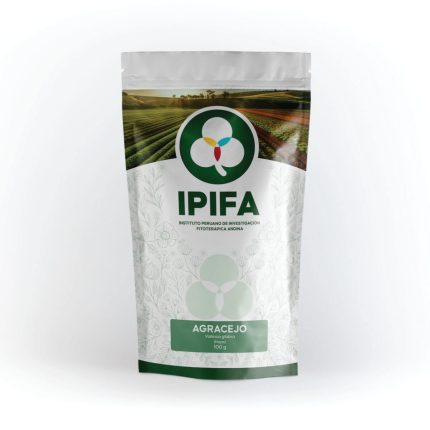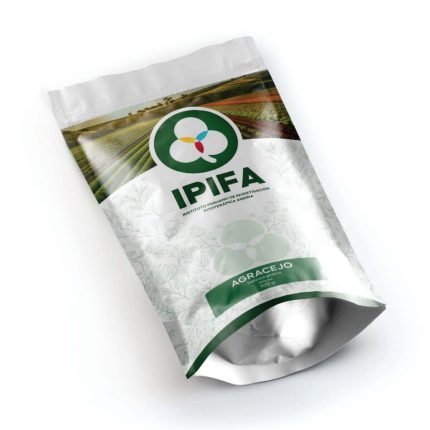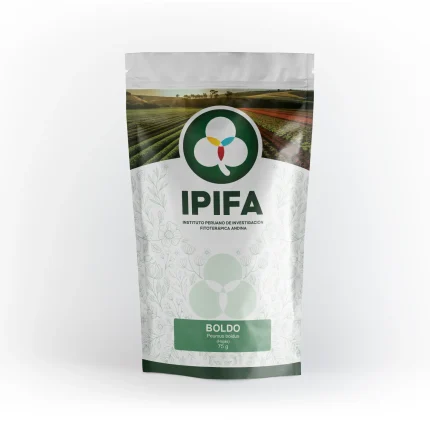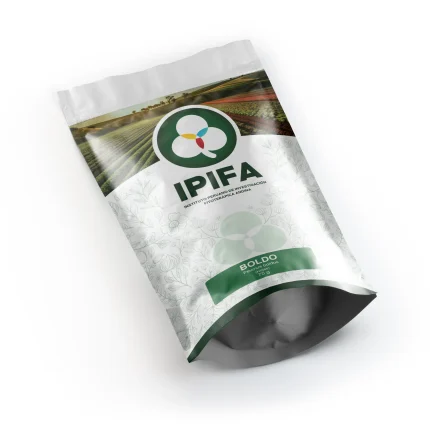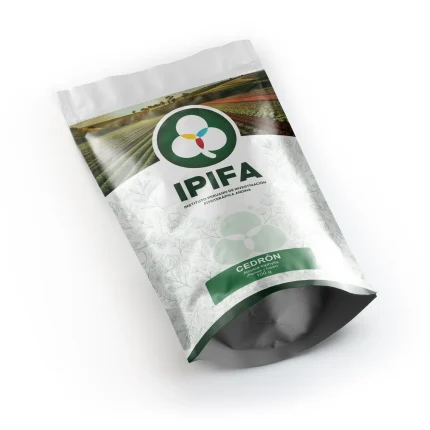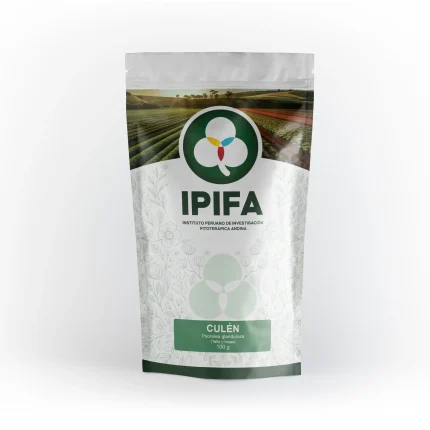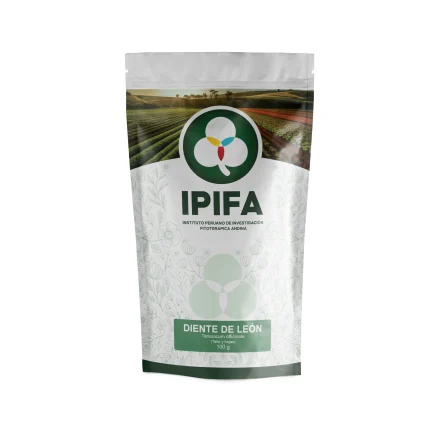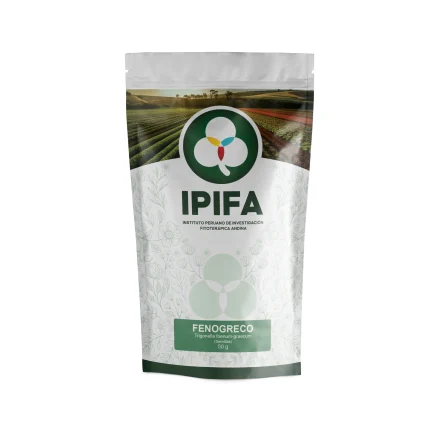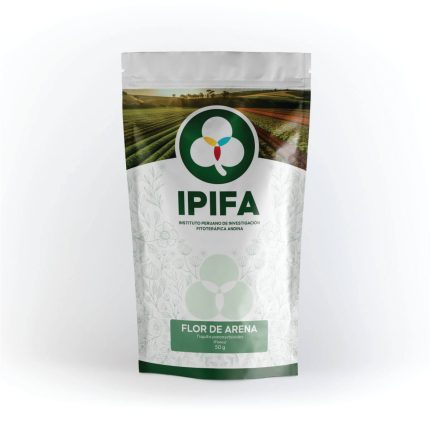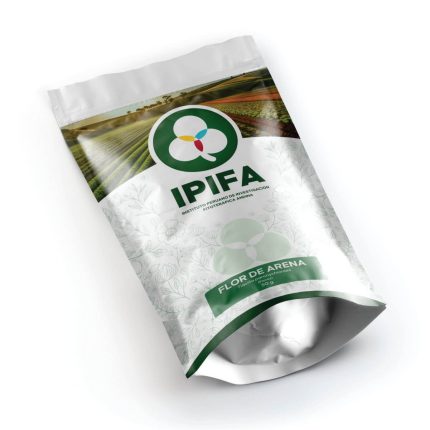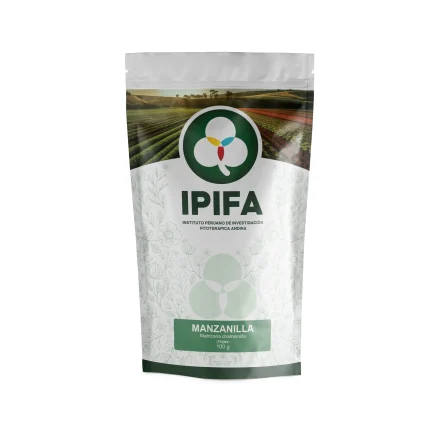AGRACEJO
The Barberry, Berberis vulgarisis a woody shrub with glabrous leaves, i.e., devoid of hairs. The plant is recognizable by having thorns that are actually modified leaves and small yellow button-shaped flowers. This plant belongs to the family of berberidaceaewith which it shares the characteristic of being woody shrubs. In addition, this family has the berberine alkaloid as part of its core business secondary metaboliteswhich gives its name to the genus Berberis. This plant can be found in various parts of the world, especially in Pakistan, China, Japan and Iran, but also in South America, and can be found in the meso-Andean areas. peruvianThe area is located between 1400 and 4200 meters above sea level, in the departments of Cusco, Huancavelica or Ayacucho.
The berberine provides it with beneficial qualities against liver problems that cause the accelerated production of the bilirubinThe abundance of this can lead to brain problems, since it is toxic for the brain. central nervous system. The berberine acts regulating production of bilirubin. Berberine, in turn, is also hypoglycemice, i.e. it helps to control the blood glucose levelswhich is beneficial in the face of the diabetes.
Other well-known benefits of the berberine is the antidiarrhealThe peristaltic movement is reduced, that is to say, the peristaltic movement is reduced, relieves intestinal transitthus decreasing the effects of the diarrhea. The benefit that has recently been studied is its potential for anti-inflammatory y anticarcinogenicsince it has been found to be a regulatory effect of the mechanisms that trigger the inflammation and the symptoms associated with them, such as fever and the pain.
Presentation:
Each bag is 80g.
SAND FLOWER
The Sand Flower, Tiquilia paranychioidesis a creeping herbaceous plant, a plant that lacks woody stems, with a horizontal growth, which can reach lengths of up to 60 meters, growing at ground level. It is distinguished by having tiny pilosities, among which stand out small white flowers with 5 petals. It belongs to the Boraginaceae family, also called "forget-me-nots". This family shares the presence of polyphenols, flavonoids and alkaloids among its secondary metabolites. The Tiquilia paranychioides (sand flower) is a plant endemic to Peru, i.e., it only grows in Peru, despite the fact that the genus Tiquilla It is also present in the coastal areas of southern Ecuador, Peru and northern Chile. Preferably in clayey, sandy or desert soils at altitudes between 30 to 500 meters above sea level. We can find sand flowerin Tacna, Lima, Ica and several coastal departments.
Tiquilia paranychioides (sand flower) has as secondary metabolitesIt contains a considerable amount of flavonoids, tannins, fatty acids, polyphenols, steroids, among others. Which under various configurations with each other, give it all its properties. medicinal properties. Among these we can find the anti-inflammatoryone that is closely linked to the antirheumaticfor this is the inflammation of the synovial fluid contained in the jointsThe following properties must also be taken into account diuretics, purifying, antibacterial, antioxidants y analgesics.
Presentation:
Each bag is 80g.


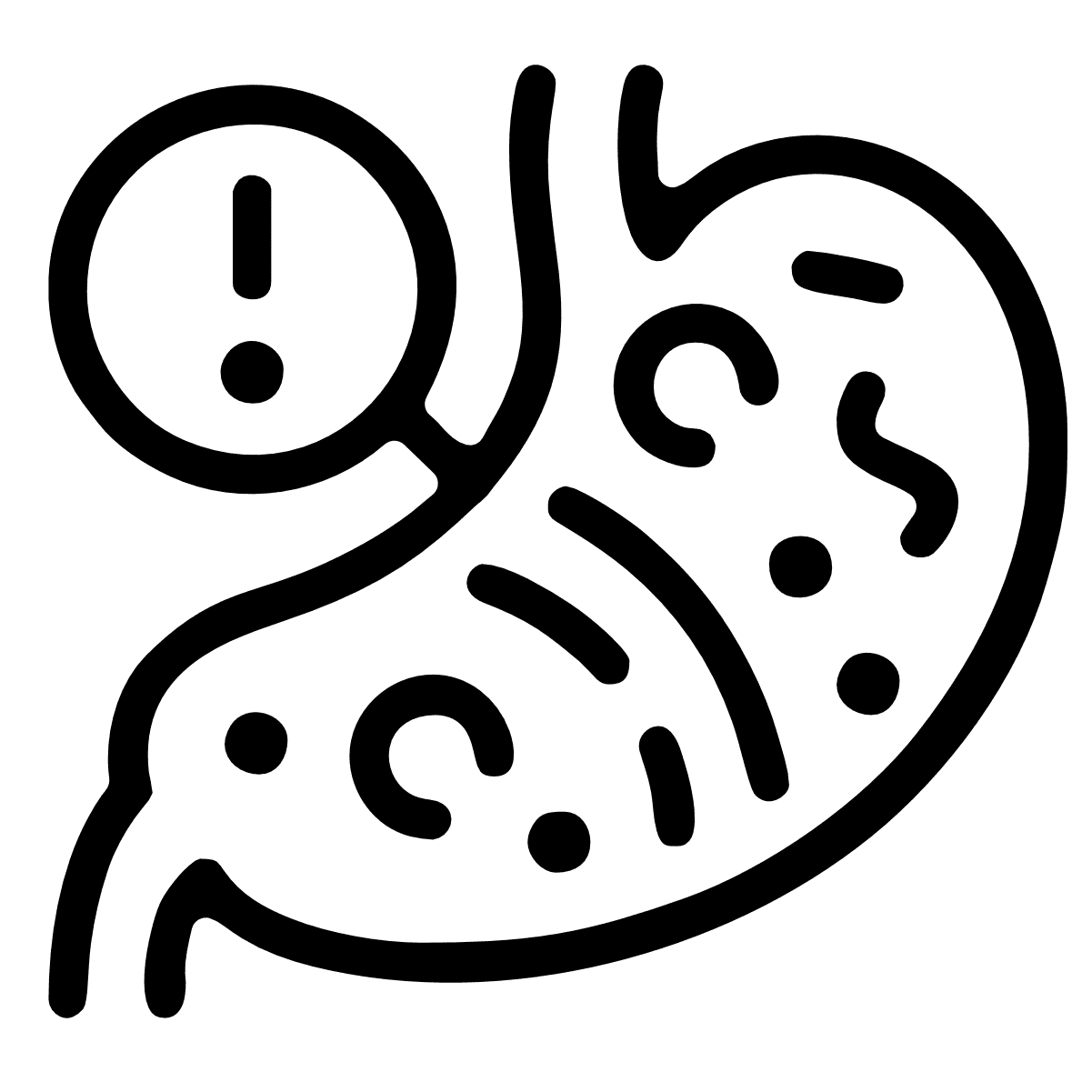 Purification kit
Purification kit  Relaxing kit
Relaxing kit  Respiratory kit
Respiratory kit  Antitumor
Antitumor 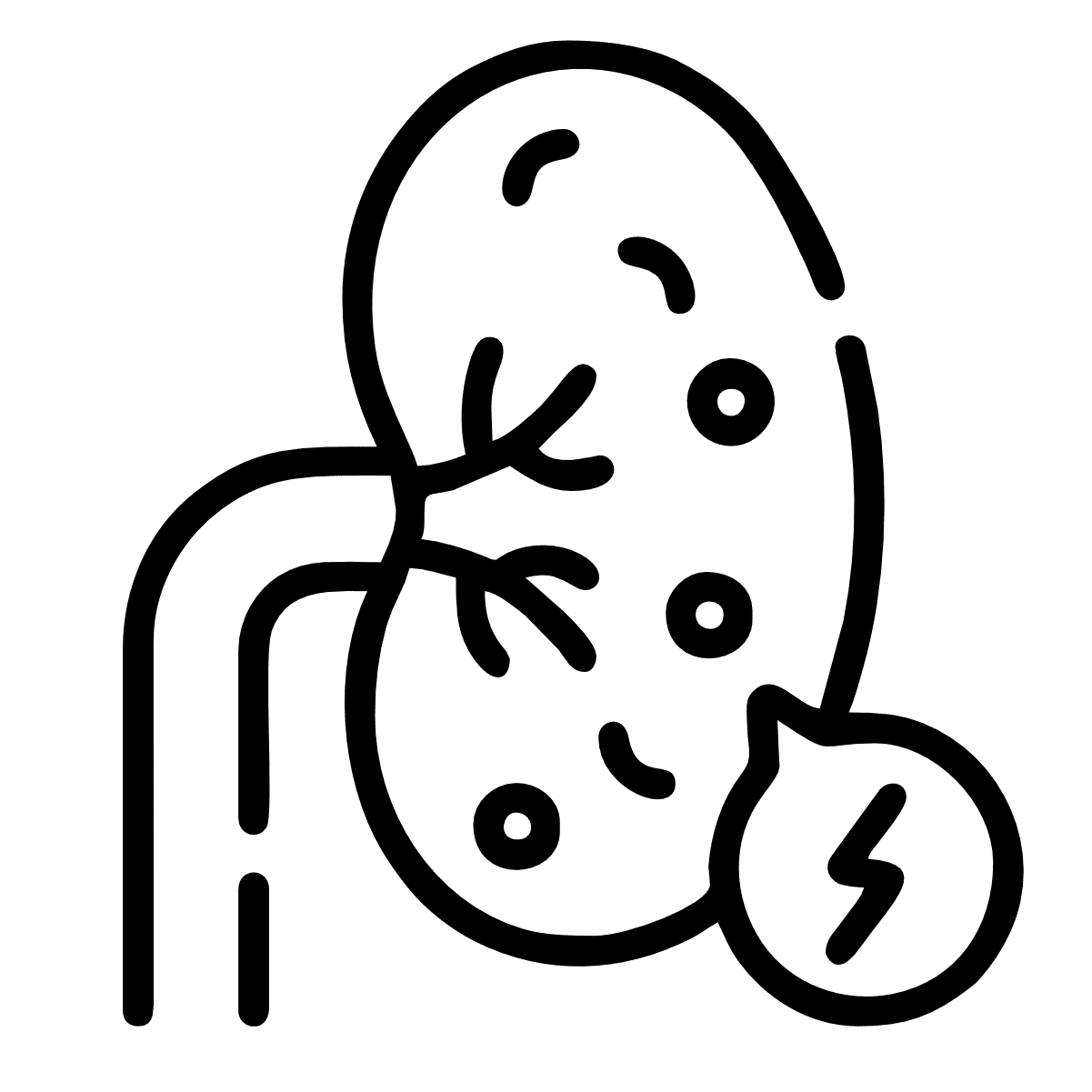 Kidney stones
Kidney stones  Blood circulation
Blood circulation 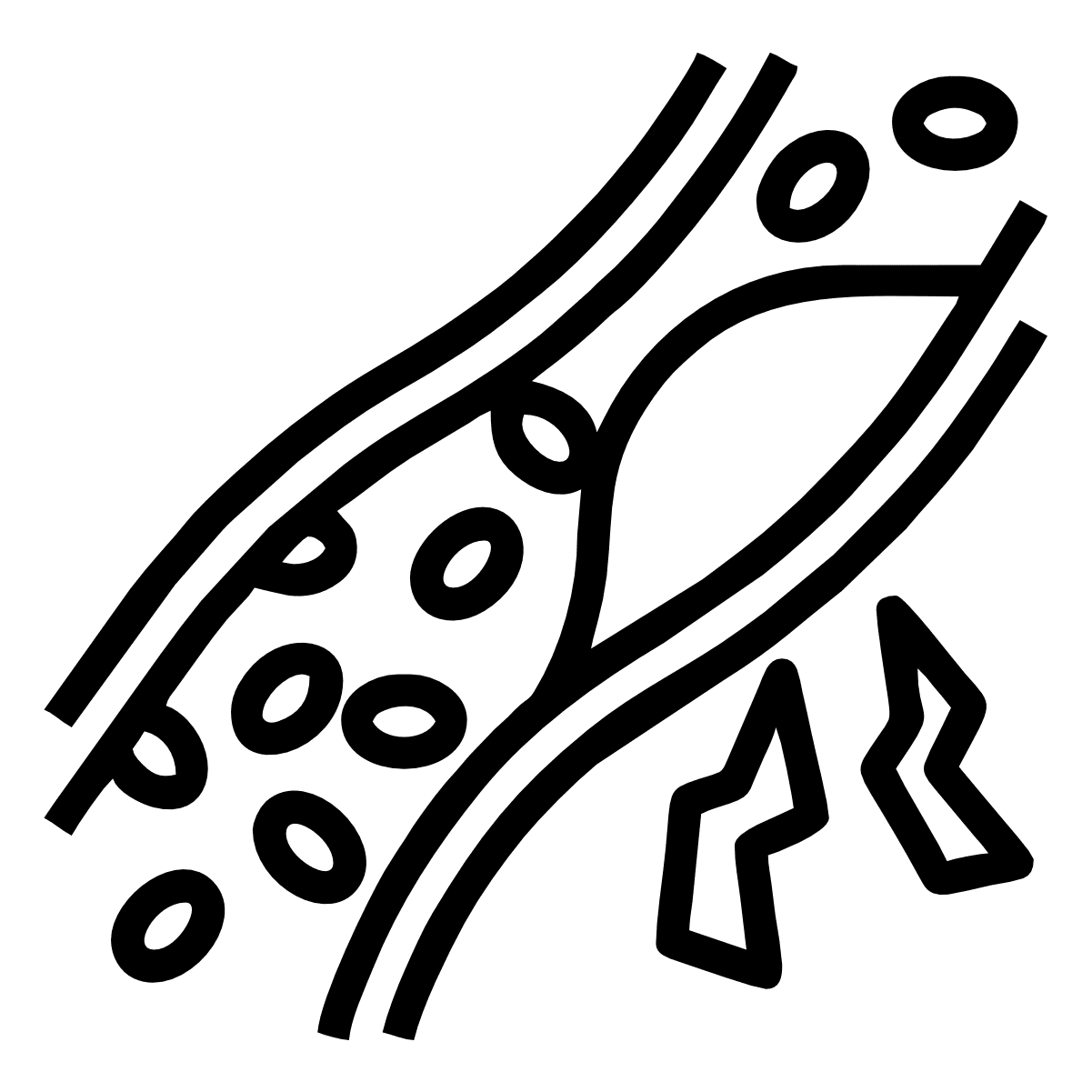 Cholesterol
Cholesterol  Rheumatic pains
Rheumatic pains  Constipation
Constipation  Urinary tract infection
Urinary tract infection  Menopause
Menopause  Obesity
Obesity  Purifying plants
Purifying plants 
 Prostatitis
Prostatitis  Glucose regulator
Glucose regulator  Digestive disorders
Digestive disorders  Hepatic disorders
Hepatic disorders 
